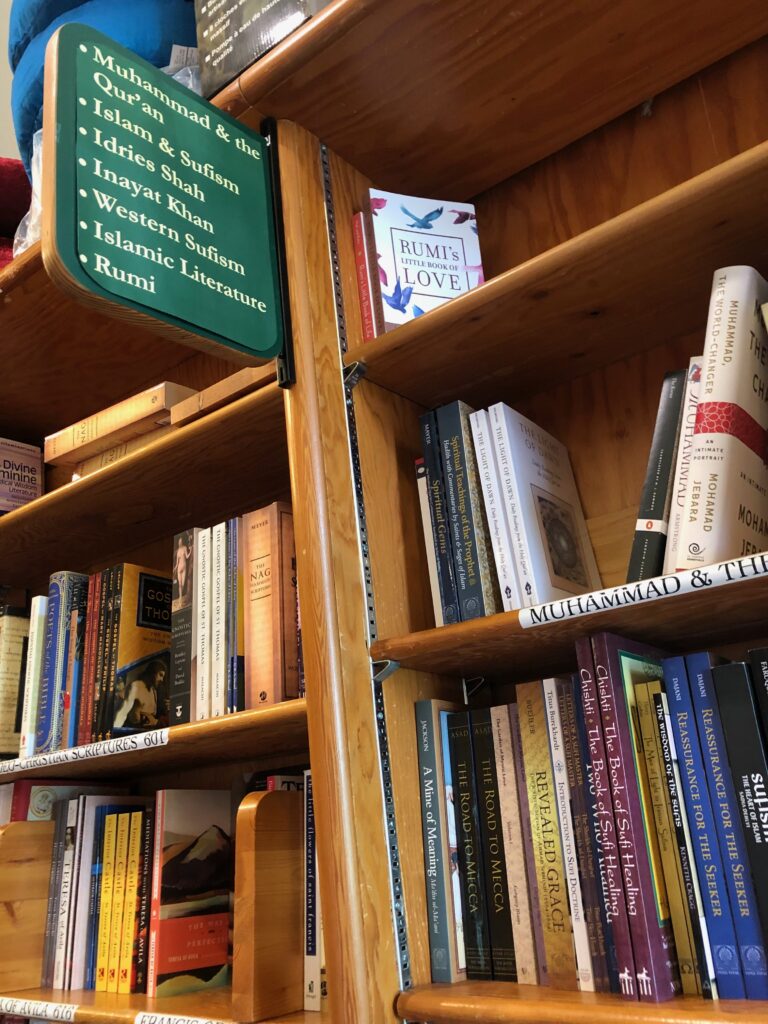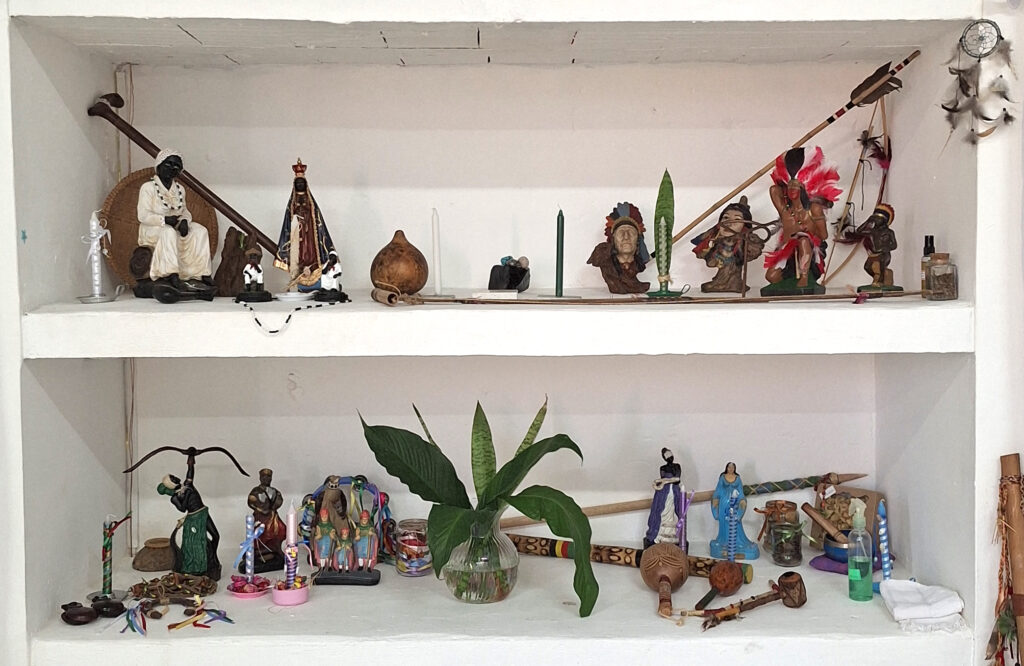By Helmut Zander
What is happening in the world of Anthroposophy right now? Simply too little. We are too few researchers who are scientifically involved in this field. The group of committed researchers is small, you can count its members on one hand, maybe two. We are happy about anyone who develops a small addiction to researching anthroposophy (please email me). But I don’t think that was the answer you were expecting under this title. Presumably you were hoping to learn something about new developments in Anthroposophy itself.
O.k., let’s move on to Anthroposophy. It is a daughter of Theosophy, founded by Rudolf Steiner (1861-1925), who merged it with his philosophical ideas of late 19th century German idealism. Its ideological core: there is a „spiritual world” – and it is possible to recognize it. On this basis, he developed fields of practice (e. g. agriculture, education, medicine) to harness these spiritual forces.

Rudolf Steiner, around 1905
The community that has since emerged from Steiner´s ideas is currently in the midst of a landslide-like, massive, uncontrolled and unexplored process of globalisation. To back up this grandiloquent formulation with a single fact: in 1970 there were about 30 Waldorf schools based on anthroposophical pedagogy, today there are about 1300. This is where the standard answers about the reasons fail: strategic control by the headquarters in Dornach, preferably with the intelligence means of a secret society: not verifiable. Or is there an alternative cultural milieu, outside of Anthroposophy, interested in life reform that is responsible for the success of Steiner’s pedagogy? At least half right, but anthroposophists will not simply allow their pedagogy to be taken away from them. Nevertheless, the perspective is helpful. There are parents who open schools and form a bottom-up initiative. But there is also an organisation from above of anthroposophical experts on school-founding who know how to create a new school and are familiar with the administrative intricacies.

Waldorfschule Bonn-Tannenbusch (2018)
The exciting question in the context of CAS-E´s research agenda is: What happens to the esoteric content? If – for example – a teacher influenced by Anthroposophy and German pedagogical culture comes to Taiwan? Second grade pupils would find the following picture (but from before 2010):

Taiwan Waldorf-School
The following explanation is given by a Waldorf teacher (picture left): “The Wonderful Adventures of Nils Holgersson with the Wild Geese”. This is a novel by the Swedish writer Selma Lagerlöf from 1906/1907, in which the boy Holger is transformed into a goose and thus an osmotic boundary is assumed to exist between humans and animals. The second picture bears the name of “Buddha”, who is of great significance in parts of Chinese culture. I am not giving an interpretation here, but merely raising some questions: Is (how is?) the fairy tale also interpreted in Taiwan as a theme of the anthropology of humans and animals? To what extent is the idea embedded in theosophical-anthroposophical ideas? And: Which Buddha is meant? In Taiwan, the Mahayana tradition predominates, while Steiner was primarily familiar with the Theravada tradition. How do the schools deal with Steiner’s hierarchy of religions, in which Christianity is superior to Buddhism?
Let us return to the arcane core: what happens to anthroposophical esotericism in this process. I have two suggestions – for the specific field of anthroposophical pedagogy. In the founding phase of a school, Steiner’s esoteric ideas usually play a vague role at best. Perhaps in the sense that Anthroposophy offers stress-free lessons, theatre performance and coeducation. But there is more at the centre of anthroposophical education, a holistic concept that includes spirituality. And when this charismatic, pedagogically oriented approach prevails in the long process of founding a school, the time has come for professional anthroposophists, including the founding advisors mentioned above. They not only know how to found a school in a very practical way, but also slowly implement Steiner’s esoteric ideas: that children have an astral and an etheric body, that it is good if teachers know about their pupils’ incarnations – for example, to explain left-handed writing with a karmic fate.
However, the transfer of anthroposophy to another culture can also work the other way round. One example is the Egyptian Ibrahim Abouleish (1937-2017), who founded the “Sekem” farm in Egypt.

Advertising for Demeter products from Sekem Farm (current photo)
He became an anthroposophist in Austria and then went to his home country to practice anthroposophical agriculture based on its esoteric ideas. Abouleish is a counter-example to the usual practice of founding Waldorf schools, as esotericism was not introduced here as an afterthought, but was present from the very beginning. Abouleish also raises the question of how to deal with Steiner’s hierarchy of religions, here with regard to Islam, since Steiner believed that Christianity was the pinnacle of religious history – a considerable handicap for Anthroposophy in Egypt. Abouleish circumvents the problem by talking about Christianity differently in Europe than in Egypt.
These problems arise from the genesis of Anthroposophy, since it is deeply entwined with Western cultures, especially with Germany, Austria and Latin Christianity and the debates of the late 19th and early 20th centuries. None of its ideas can be easily transferred to a Buddhist tradition in Taiwan or an Islamic culture in Egypt. When analysing these processes, the very use of a scholarly term is a far-reaching preliminary decision. Entanglement? Hybridization? Fusion? Overlay? Addition? And to these elements of intellectual history, we have to add questions of social history: Who are the autochthonous representatives of Anthroposophy outside Europe? What social milieus do they come from? What selection decisions do they make? How do they network with the existing anthroposophical structures? How is Anthroposophy, which continues to be very German and European in character, changing? Once again: researchers are welcome.
So we have only faint ideals about our CAS-E topic: what happens to esoteric practices? Here too: many questions, few answers. Steiner developed meditative techniques such as image contemplation and meditations on mantras, mostly with a theosophical background. In addition, there is the meditative reading of Steiner’s lectures (sometimes in closed circles within the Anthroposophical Society). How are these techniques practiced outside Europe (if at all)? Then there are the school rituals. Are they still practiced (or to what extent?) in the context of the globalisation of the Waldorf school? There is probably only a simple answer with regard to Steiner’s Masonic practices: they seem to have almost died out even in Europe.
How can research into global Anthroposophy work?
1. It cannot function without scholars who radically view esoteric topics as the objects of their work – from an outside perspective.
2. Given the heterogeneity of the anthroposophical research field, this research can only be conducted in an interdisciplinary manner.
3. Collaboration with anthroposophists would be ideal because they have intimate knowledge of the field and their own heuristic perspectives from their esoteric practice.
References
- Anthroposophieforschung. Forschungsstand – Perspektiven – Leerstellen, hg. v. Viktoria Vitanova-Kerber / Helmut Zander, Berlin: de Gruyter Oldenbourg 2023 (https://www.degruyter.com/document/doi/10.1515/9783110775914/html?lang=de [free])
- Critically Assessing the Reputation of Waldorf Education in Academia and the Public. Vol 1: Early Endeavours of Expansion, 1919-1955; Vol. 2: Recent Developments the World Over, 1987-2004, ed. Ann-Kathrin Hoffmann / Marc Fabian Buck, Abingdon: Taylor & Francis 2024 (https://www.taylorfrancis.com/books/oa-edit/10.4324/9781003403609/critically-assessing-reputation-waldorf-education-academia-public-early-endeavours-expansion-1919%E2%80%931955-marc-fabian-buck-ann-kathrin-hoffmann [free])
- Tang, Kung-Pei: Kulturübergreifende Waldorfpädagogik, Anspruch und Wirklichkeit – am Beispiel der Waldorfschulen in Taiwan, Diss. Würzburg 2011 (https://opus.bibliothek.uni-wuerzburg.de/frontdoor/index/index/year/2011/docId/4975 [free])
- Zander, Helmut: Die Anthroposophie. Rudolf Steiners Ideen zwischen Esoterik, Weleda, Demeter und Waldorfpädagogik, Paderborn: Schöningh 2019 (only print)
#
Helmut Zander, political scientist, theologian and scholar in religious studies. Research fields:
1. Comparative history of religions, cultural grammars. Most recent publication: Religion und Politik in Christentum und Islam. Kulturelle Grammatiken, Pfaddispositionen, Entwicklungswahrscheinlichkeiten, de Gruyter 2024 (online, free: https://www.degruyter.com/document/doi/10.1515/9783111501826/ht).
2. Esotericism (Anthroposophy). Most recent publication: Esoteric Catholicism / Esoterischer Katholizismus, ed. by Viktoria Vitanova-Kerber / Helmut Zander, de Gruyter 2025 (forthcoming)
____
Image 1: Rudolf Steiner, 1905 (https://de.wikipedia.org/wiki/Rudolf_Steiner#/media/Datei:Steiner_um_1905.jpg)
Image 2: Waldorfschule Bonn-Tannenbusch (Photo by author)
Image 3: Picture of the Taiwan Waldorf-School (Kulturübergreifende Waldorfpädagogik)(Photo by author)
Image 4: Advertising for Demeter products from Sekem Farm (https://shop.sekem.com/)
____
CAS-E blogs may be reprinted with the following acknowledgment: “This article was published by CAS-E on November 04th, 2024.”
The views and opinions expressed in blog posts and comments made in response to the blog posts are those of the author(s) and do not necessarily reflect the views and opinions of CAS-E, its founders, its staff, or any agent or institution affiliated with it, nor those of the institution(s) with which the author is affiliated.








